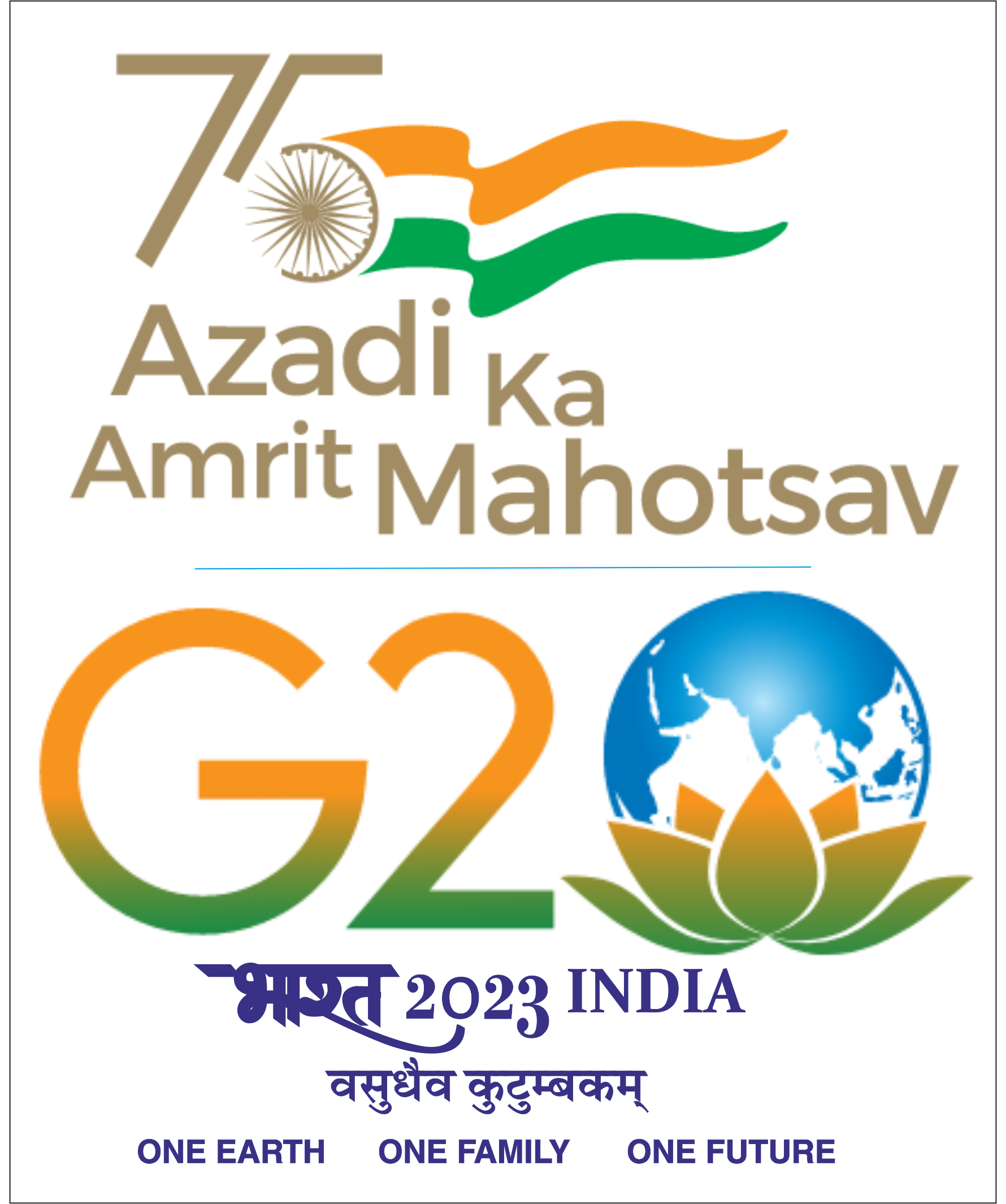Development and Testing of Blankets Coated with Mosquito-
Name of Student:
Guide:
Project Type:
M. Tech Project -I (TD 695)
Sector:
Health & Nutrition
Download Link:
Abstract:
Globally there are about 2.5 billion people who residing in the malaria endemic zones. As of
2015 there were 91 countries in which malaria transmission was going on. According to the
latest WHO-UNICEF report, India is third among fifteen countries which has the highest
number of cases of malaria and deaths due to the disease. As per the estimates of WHO, India
is among those countries which have lagged (32%) in decreasing the incidences of malaria
(from 2000 to 2015) in comparison to rest of the world. The deaths occurring due to malaria
have fallen across the world from 8.39 lakhs in 2000 to 4.38 lakhs in 2015, a drop of about
60% in the last fifteen years. The biggest burden of malaria in India is found to be borne by the
most backward, poor and remote areas of the country, with about 90-95% cases reported from
the rural areas. Approximately 50% of malaria deaths in India occur among tribal population
while they constitute only less than 10% of the total Indian population (Census 2011). Thus,
the tribal groups share a disproportionate burden of the malaria disease. The disease though is
preventable and curable. Efforts needs to be taken in the same direction. The data produced by
the National Vector Borne Disease Control Programme (NVBDCP) till September 2017 shows
a decline in the overall endemicity of malaria in the country. Maharashtra had the fourth highest
number of death because of malaria in 2014. Gadchiroli district of Maharashtra which has a
border with the state of Chhattisgarh, has a population of 1 million with 93% of the population
living in rural areas. The district accounts for 2% of the state’s population but 12 % of the
malaria cases of the state. There are many existing barriers among the marginalised tribal
communities against the malaria control programmes.
Textiles treated with mosquito repellents are a revolutionary innovation for protecting the
human from bites of the mosquito and thus safeguard them from the mosquito-borne diseases.
To impart this feature the fabrics have to be given a treatment of mosquito repellent agent
which is capable of being utilized without ruing any other characteristics of the fabric. The
possibility of coating the daily used blankets and bedsheets of the tribal community with natural
essential oils will be exploited in the study. The technique of microencapsulation has been
selected for designing microcapsules of the highly volatile essential oils. The study is a small
attempt in decreasing the sorry figure of malaria in the country and for the protection of the
mankind from one of the most deadly diseases on earth.





